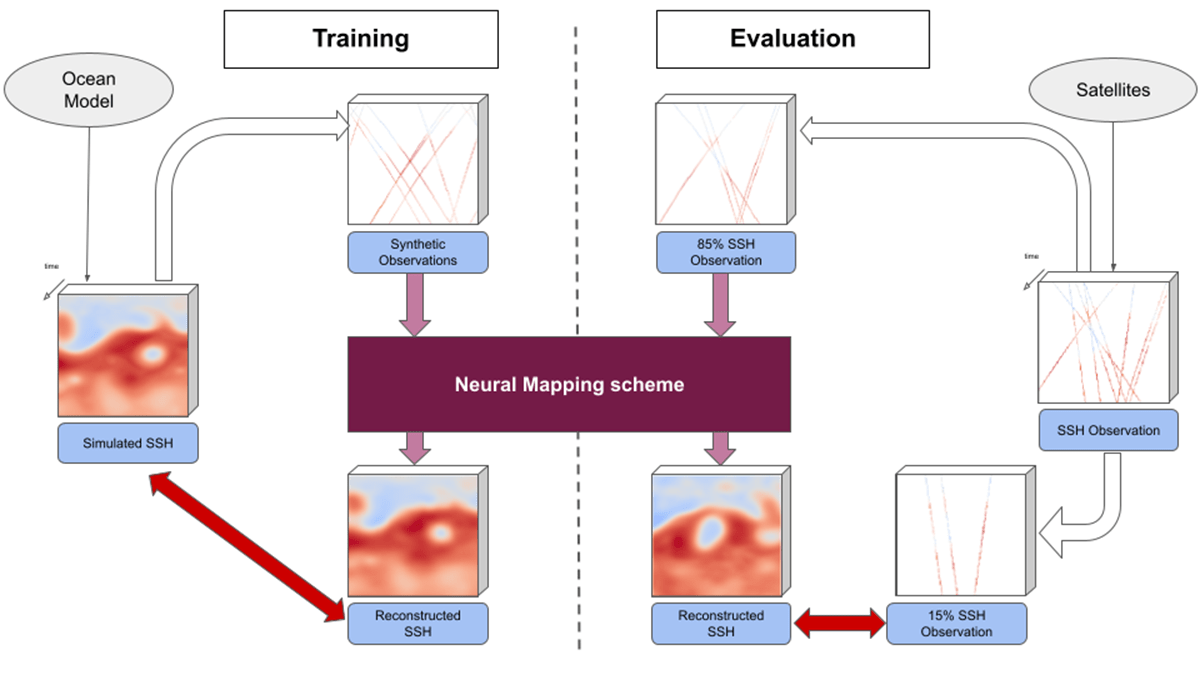The Integration of Physics and Machine Learning Improves Oceanographic Mapping

Enhancing Oceanographic Understanding
In this article, we delve into a study showcasing the powerful impact of merging physics and machine learning in enhancing our understanding of the ocean.
Revolutionizing Mapping Techniques
The combination of dynamical modeling, machine learning, and ocean measurements results in improved methods for monitoring and mapping oceanographic data.
- Comprehensive Insight: The integrated approach provides a more holistic view of ocean processes.
- Accurate Analysis: Enhanced accuracy in mapping leads to better-informed decisions in marine research.
This groundbreaking synergy between physics and machine learning signifies a significant leap forward in oceanographic studies.
This article was prepared using information from open sources in accordance with the principles of Ethical Policy. The editorial team is not responsible for absolute accuracy, as it relies on data from the sources referenced.